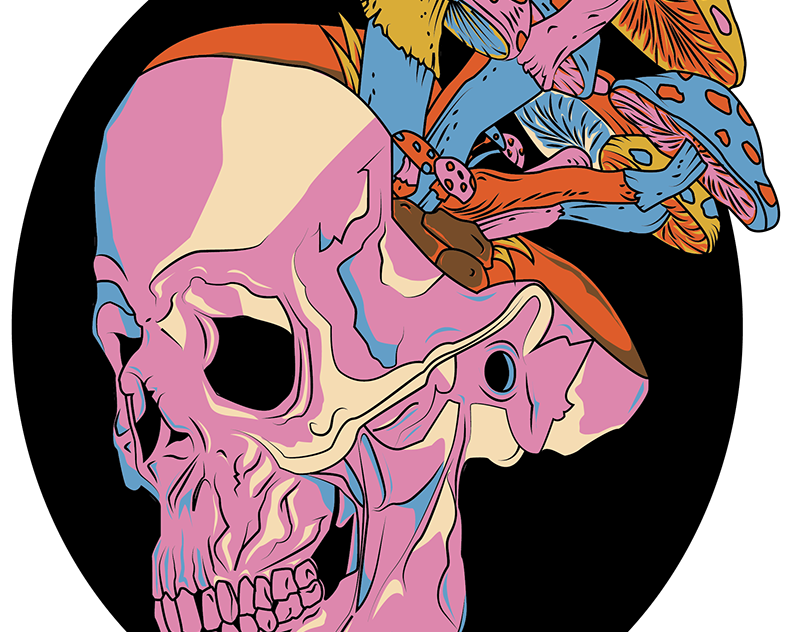Logo design is a dynamic and essential aspect of branding that encapsulates the essence, values, and identity of a business or organization. It serves as a visual representation that communicates the brand's message, values, and offerings to its target audience in a concise and memorable manner. A well-crafted logo is more than just a combination of shapes, colors, and fonts; it is a powerful tool that can evoke emotions, build recognition, and establish a lasting impression.
The process of logo designing involves a meticulous blend of creativity, strategic thinking, and graphic design skills. Designers embark on a journey to distill complex ideas and concepts into simple yet impactful visual elements. This journey typically begins with comprehensive research, where designers immerse themselves in understanding the brand, its audience, competitors, and industry trends. This research serves as a foundation for generating ideas and conceptualizing designs that resonate with the brand's identity and objectives.
Once armed with insights, designers begin sketching and experimenting with various design concepts, exploring different shapes, symbols, typography, and color palettes. Each element is carefully chosen to convey specific meanings and evoke desired emotions. Whether it's the sleek lines of a modern tech company's logo or the playful curves of a children's toy brand, every design decision is deliberate and purposeful.
Iterative refinement is a crucial part of the logo design process. Designers collaborate with clients, gathering feedback and making adjustments to ensure that the final logo accurately reflects the brand's vision and values. This collaborative approach fosters creativity and ensures that the end result is not only visually appealing but also aligns seamlessly with the brand's overall identity and messaging.
Typography plays a significant role in logo design, as the choice of fonts can convey different tones and personalities. Whether it's a bold and authoritative serif font for a law firm or a whimsical handwritten script for a boutique bakery, typography adds depth and character to the logo, further reinforcing the brand's identity.
Color psychology also comes into play, as colors have the power to evoke specific emotions and associations. From the bold red of Coca-Cola to the calming blue of Facebook, color choices are strategic decisions that shape the perception of the brand and resonate with its target audience.
In today's digital age, logo design must also consider versatility and adaptability across various platforms and devices. A well-designed logo should be scalable, ensuring that it looks equally impressive on a billboard or a smartphone screen. It should also be versatile enough to work in both color and black-and-white formats, maintaining its impact across different mediums and applications.
In conclusion, logo design is a multifaceted process that blends creativity, strategy, and visual communication to create a powerful symbol that represents a brand's identity and values. Through meticulous research, thoughtful design decisions, and iterative refinement, designers craft logos that leave a lasting impression and contribute to the overall success of the brand.




